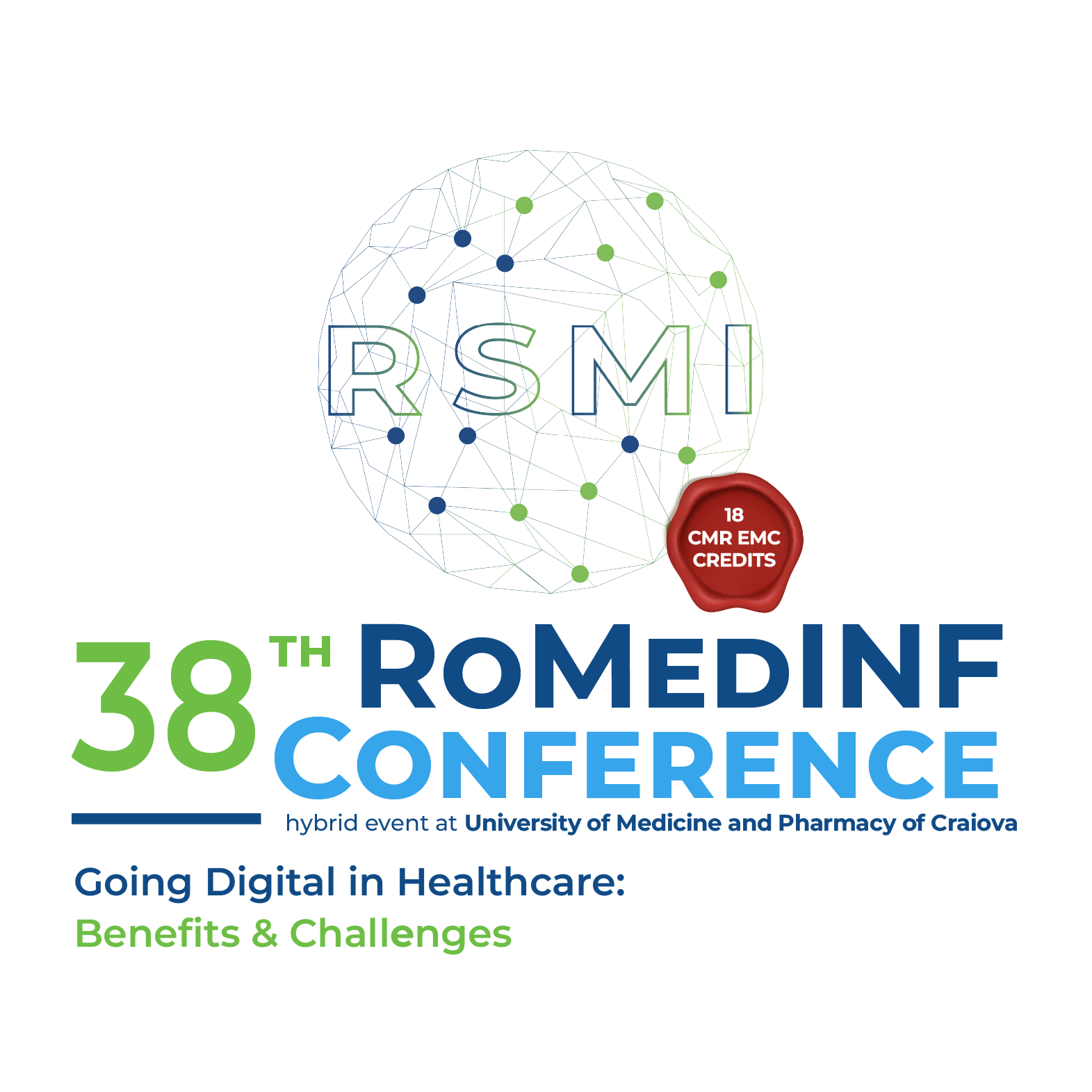Artificial Intelligence in Radiology and Medical Imaging in Romania: Current Applications and Future Perspectives
Keywords:
Artificial Intelligence (AI), Radiology, Medical Imaging, Lung Cancer Detection, Neuroimaging, Prostate cancerAbstract
Background and Aim: Artificial intelligence (AI) has become an essential tool in radiology, improving diagnostic accuracy and efficiency. In Romania, AI is increasingly used in medical imaging, with advancements in lung nodule detection and monitoring, neuroimaging for early diagnosis of neurodegenerative diseases, and prostate cancer assessment. This review explored the impact of AI in these areas and its role in enhancing radiological workflows. Material and Methods: A literature review was conducted, analyzing scientific studies, clinical reports, and publicly available data on AI applications in Romanian radiology. The review focused on AI-driven improvements in image analysis and lesion detection, highlighting their potential benefits and challenges. Results: Artificial intelligence has significantly contributed to early disease detection and diagnosis. In lung imaging, deep learning algorithms have improved the identification and segmentation of pulmonary nodules, aiding in early lung cancer detection. In neuroimaging, AI-powered analysis has enhanced the identification of brain atrophy patterns, supporting the diagnosis of neurodegenerative diseases. In prostate imaging, AI has improved lesion characterization and Prostate Imaging-Reporting and Data System (PI-RADS) scoring, leading to more precise prostate cancer assessments. Despite these advancements, challenges such as algorithmic biases, false positives, and variability in AI performance remain areas of concern. Conclusions: Artificial intelligence integration into Romanian radiology is advancing, with significant improvements in disease detection and diagnostic accuracy. These technologies support radiologists by refining image interpretation and enhancing efficiency. However, further research, validation, and regulatory oversight are needed for broader clinical adoption and increased reliability.
Downloads
Published
How to Cite
Issue
Section
License
Copyright (c) 2025 Ioana Andreea GHEONEA

All papers published in Applied Medical Informatics are licensed under a Creative Commons Attribution (CC BY 4.0) International License.

